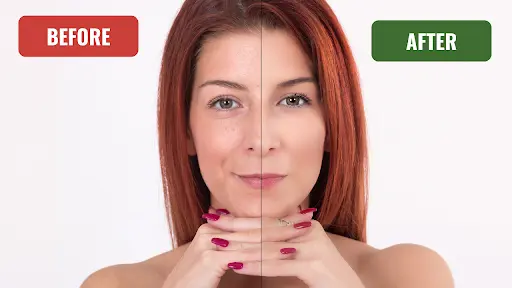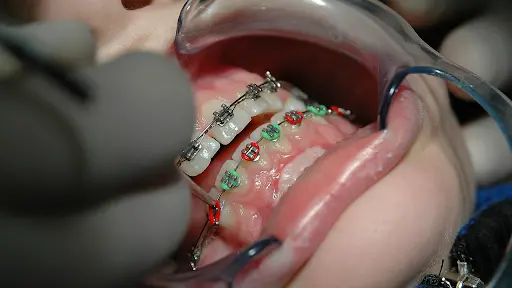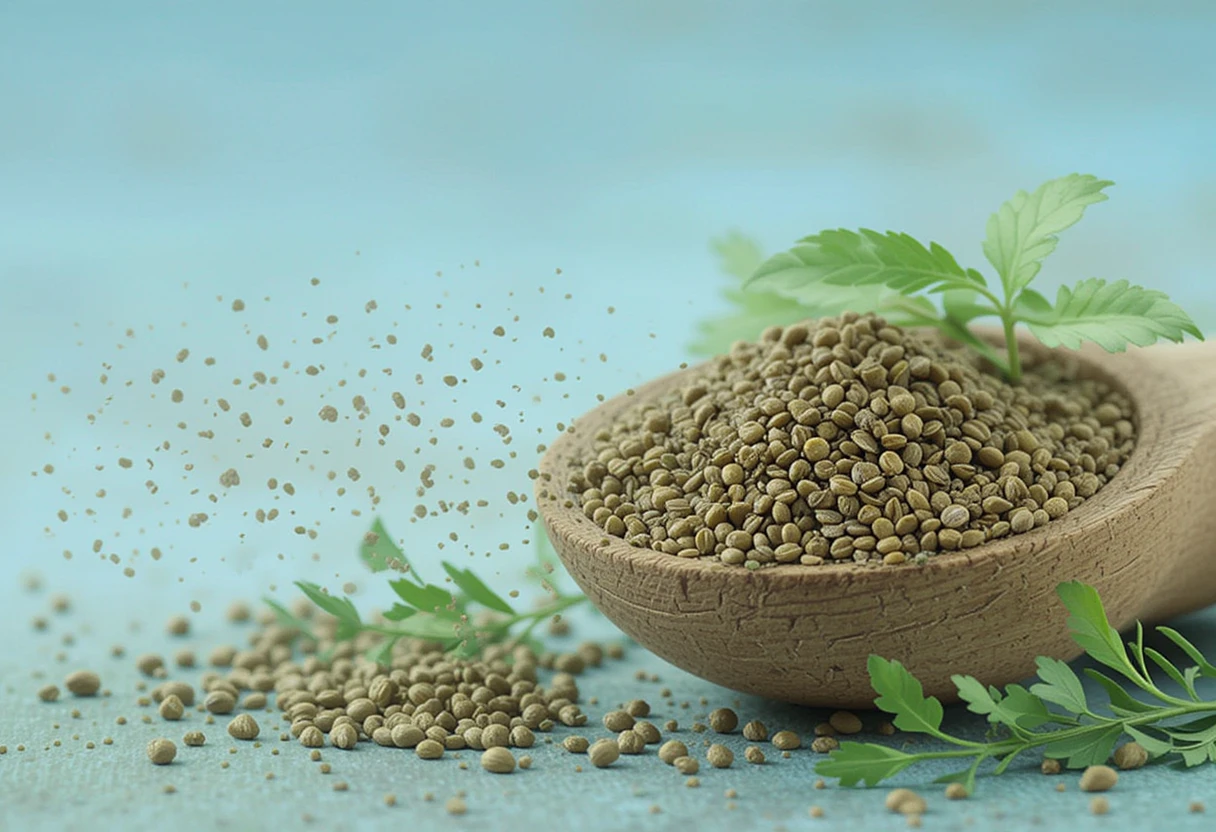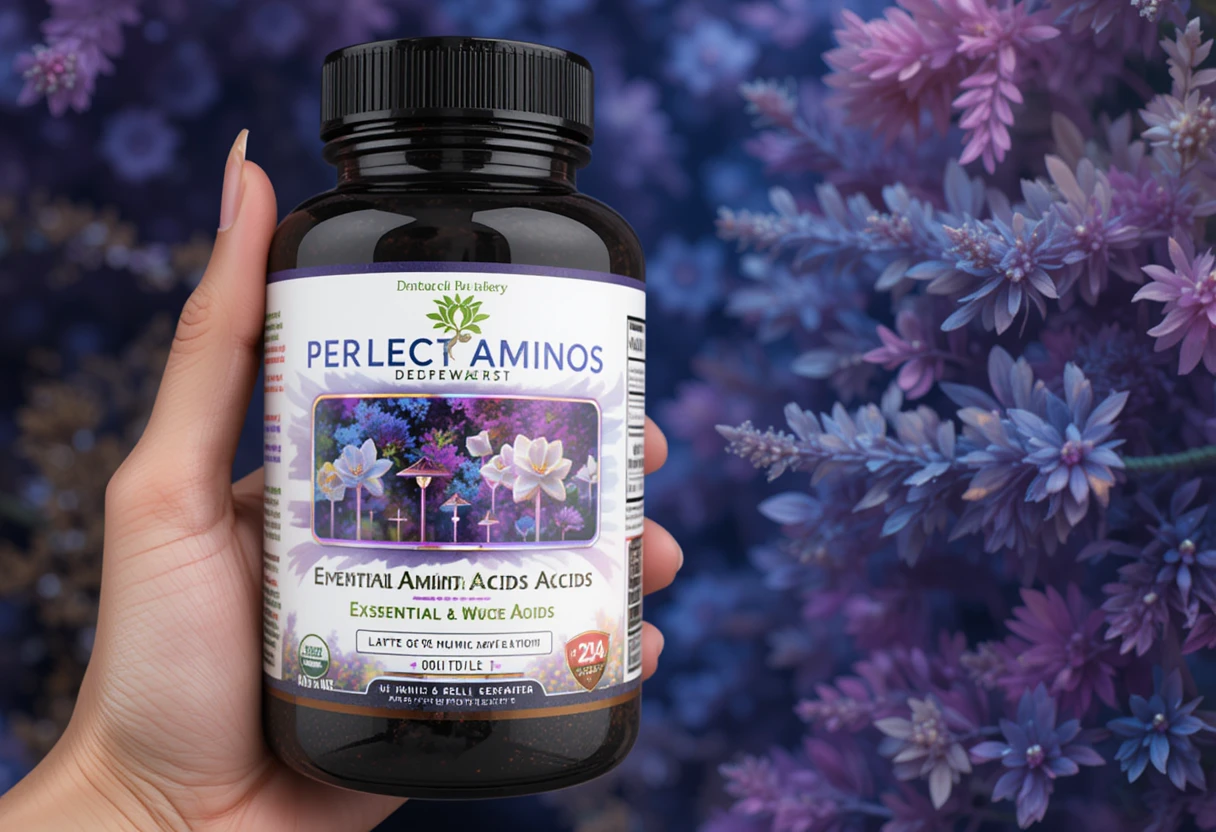
Introduction
Tretinoin before and after delivers excellent results in skincare through acne treatment and the reduction of surface wrinkles plus it enhances skin texture. The first time you apply tretinoin before and after on your skin, it will respond with common changes. While these reactions are common when adapting to tretinoin before and after, learning about them will help you control what to expect and improve your skincare routine. This essay shows you what skin reactions happen with tretinoin treatment and includes ways to handle them.
What does tretinoin do to your skin and what exactly is it?
Tretinoin is a type of vitamin A that helps your skin replace old cells more quickly. By controlling the skin’s renewal process, it makes your skin remove used-up cells while quickly growing fresh ones. The quick improvement in your skin’s appearance requires your skin cells to take time adapting to sped-up cell renewal.
Your skin becomes busy adapting to its quicker renewal job, so you might see some short-term symptoms. Early-phase reactions are common but usually lessen after about three weeks. We will discuss normal skin responses and their outcomes.
Tretinoin Before and After: At the beginning of treatment (Initial Reactions).
One typical response when you apply tretinoin is skin irritation, particularly during the first few days of treatment. Your skin reacts to its new exfoliation schedule and faster cell replacement by developing redness and dry patches while feeling very tight. As your skin becomes accustomed to treatment these side effects will decrease.
Common initial reactions include:
- Redness: The first times you use tretinoin your skin might look red and flushed.
- Dryness: Tretinoin acts as an exfoliant, so expect your skin to feel dry, tight, or covered in little flakes early in treatment.
- Itching: When your skin adapts to the treatment mild itching can develop.
- Flaking or Peeling: Because tretinoin helps your skin exfoliate faster, your skin should peel or shed. Your skin will shed at different rates from minimal dryness to visible peeling particularly in thin skin zones such as around your eyes.
Tip: Your skin will benefit from gentle moisturizer without skin irritating agents to reduce dryness and red spots.
Tretinoin Before and After: Your skin will need to adapt to the treatment during the initial period following tretinoin use.
Your skin takes time to adapt to tretinoin during the initial two to three weeks you’re on it. As your skin adapts to faster skin cell regeneration during this period it will visibly peel and become both red and irritated.
Many users feel disheartened during this season because their skin looks inflamed and starts peeling off. These skin reactions show that tretinoin effectively makes your skin renew its cells. Don’t stop using your tretinoin skin cream right now, even if your skin is reacting badly; let it finish working through the changes.
Tip: You can begin using tretinoin less often – maybe every other night – until your skin adjusts if the irritation bothers you too much. To help your skin adjust better, start using tretinoin every two nights instead of nightly.
Tretinoin Before and After: Breakouts and Purging
At first, you’ll see a “purge” phase when you use tretinoin products. Acne that was already there moves to your skin’s top layer when the treatment speeds up how fast your skin renews and gets rid of plugged skin pores. Your skin is healing even though your acne seems to become worse at this point.
If you use tretinoin, your skin will start purging between the fourth and sixth week, and this phase often lasts just a few weeks. Don’t be discouraged by this stage because the skin clearing effects of tretinoin will appear once the weepouts end.
Tip: Leaving blemishes alone during this stage will help prevent scars and reduce skin problems.
Tretinoin Before and After: Sensitivity and Dryness
Your skin will react more strongly to sunlight and tough skin care items after tretinoin speeds up its renewal process. Most people develop skin sensitivity right after they begin using tretinoin for the initial three months.
Common issues related to sensitivity include:
- Sun Sensitivity: Your skin gets easily burned from the sun despite only minimal exposure. You need to wear sunscreen every day when using tretinoin.
- Sensitivity to Other Skincare Products: Your skin suffers extra irritation when AHAs or BHAs mix with tretinoin because they are active skincare substances. You should reduce your use of other skincare ingredients to help your skin adjust.
Tip: Your daily sunscreen application must be accompanied by only gentle skincare products since alcohol-based exfoliants can damage your skin.
Tretinoin Before and After
During the first to third month of regular tretinoin use your initial skin irritation will gradually decrease. As tretinoin makes an impact your skin’s prior reactions will gradually stabilize. Your skin will show visible improvements during this time through reduced acne, smoother surfaces, and clearer complexion.
With complete retinization your skin can process the faster cell turnover rate. Reduced levels of dryness and sensitivity will persist for some users, but these problems will become less severe and simpler to handle.
Tip: If your skin feels irritated, keep your daily moisturizer going and think about using tretinoin less often.
When your skin reacts for the first time, follow these steps to handle it well.
If you’re concerned about the initial skin reactions, here are some tips for managing them:
- Start Slowly: To reduce skin irritation try tretinoin before and after at a low concentration and apply only every two nights when starting treatment.
- Moisturize Regularly: Keeping your skin smooth and redness-free while using tretinoin before and after is easier with a gentle, pore-clearing moisturizer.
- Avoid Harsh Exfoliants: Avoid using skin peels and powerful skincare ingredients with your tretinoin before and after treatment to stop irritating your skin.
- Wear Sunscreen Daily: Every morning protect your indoor and outdoor skin from UV rays by putting on sunscreen.
- Be Patient: These first signs will go away. Your skin needs time to adapt but it will respond positively to steady tretinoin application.
Conclusion
Seeing typical first responses to tretinoin on your skin helps you handle the process better during adjustment time. Your skin will show these effects during the first few weeks but then return to normal. Stay true to your skincare habits using these recommendations to handle tretinoin’s start-up phase then benefit from smoother healthier skin.






